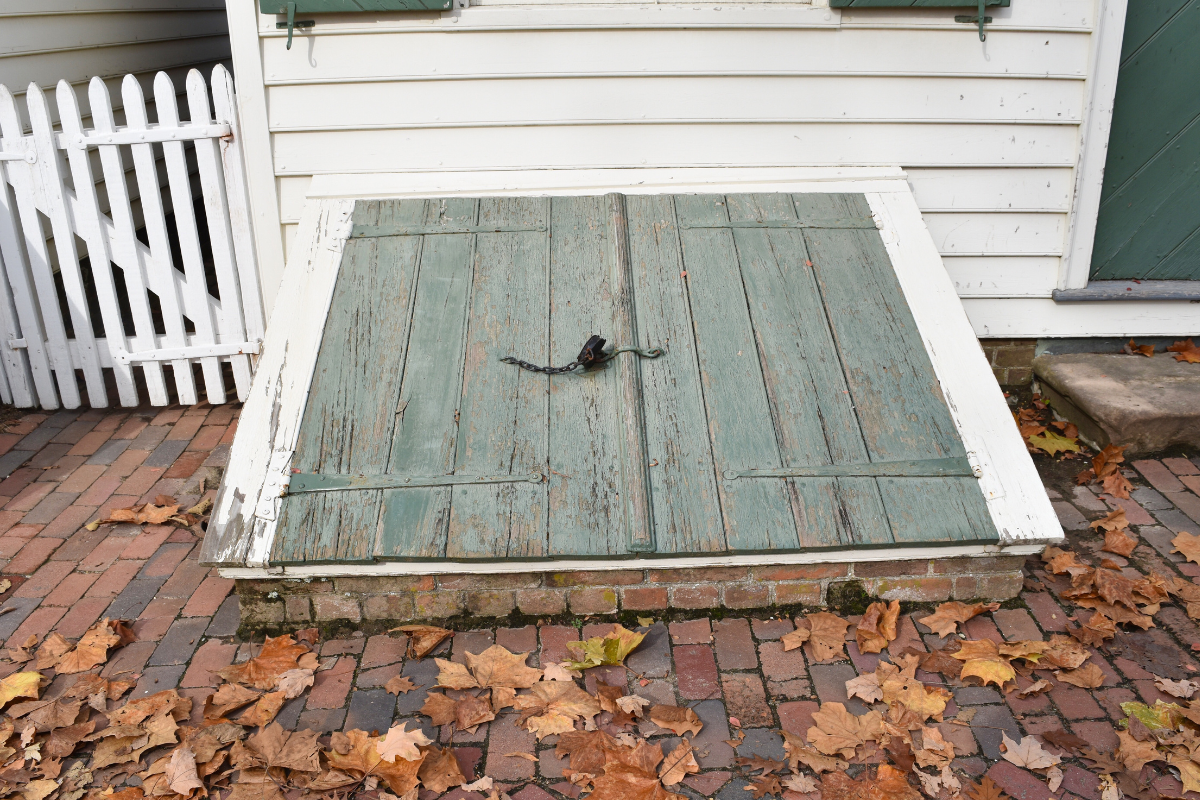Why are Storm Shelters and Safe Rooms Important?

When a tornado or hurricane strikes, do you have a safe place in which to take shelter? Is it nearby? Could you get there within seconds? A safe room can provide life-saving protection during a destructive storm, especially for those without basements. After the recent outbreak of tornadoes and severe storms, safe rooms are increasing in popularity and in some areas, orders are backlogged for months.
The safest place to be during a tornado is underground. Basements provide excellent protection but are still vulnerable to debris collapsing from above. Fully underground storm shelters (also called tornado cellars) provide the most reliable protection from violent storms, but may not be possible to construct in urbanized or flood-prone areas.
A safe room is different than your typical in-ground shelter but offers the same benefit. The Federal Emergency Management Agency (FEMA) defines a safe room as “a structure that will provide near-absolute protection from severe storms.” All safe rooms are constructed according to federal laws and must meet specific safety standards.
Every safe room is built to withstand 250 mph winds and over 3,000 pounds of force, more than an EF-5 tornado. They’re usually constructed in basements or garages. A typical safe room is made of steel and fiberglass to provide the highest level of protection from wind. All shelters also use concrete foundations as anchors.
When it comes to safe rooms, there are two kinds – above and below ground. Both types of shelters have to meet the same requirements and are made of the same materials. Underground shelters have a slight advantage, because debris from a tornado or hurricane cannot impact the sides of the shelter, only the top. However, in an underground safe room, you also take the chance that your one and only exit could be blocked. Above ground shelters do not have this issue, but they can be hit with debris on all sides. Both types of safe rooms have their advantages and disadvantages, but the main thing to remember is that they both provide the same level of protection. Make sure you have a NOAA weather alert radio, along with other recommended emergency supplies, in your shelter to help you stay aware and informed.
If you are considering building a shelter in your home, be sure to weigh the different costs and advantages. During the building process, check with the company to make sure that it is compliant with all FEMA and NSSA safety standards. Safe rooms are not inspected by any regulating agency to ensure quality, so it’s always best to go with a trusted local company.


